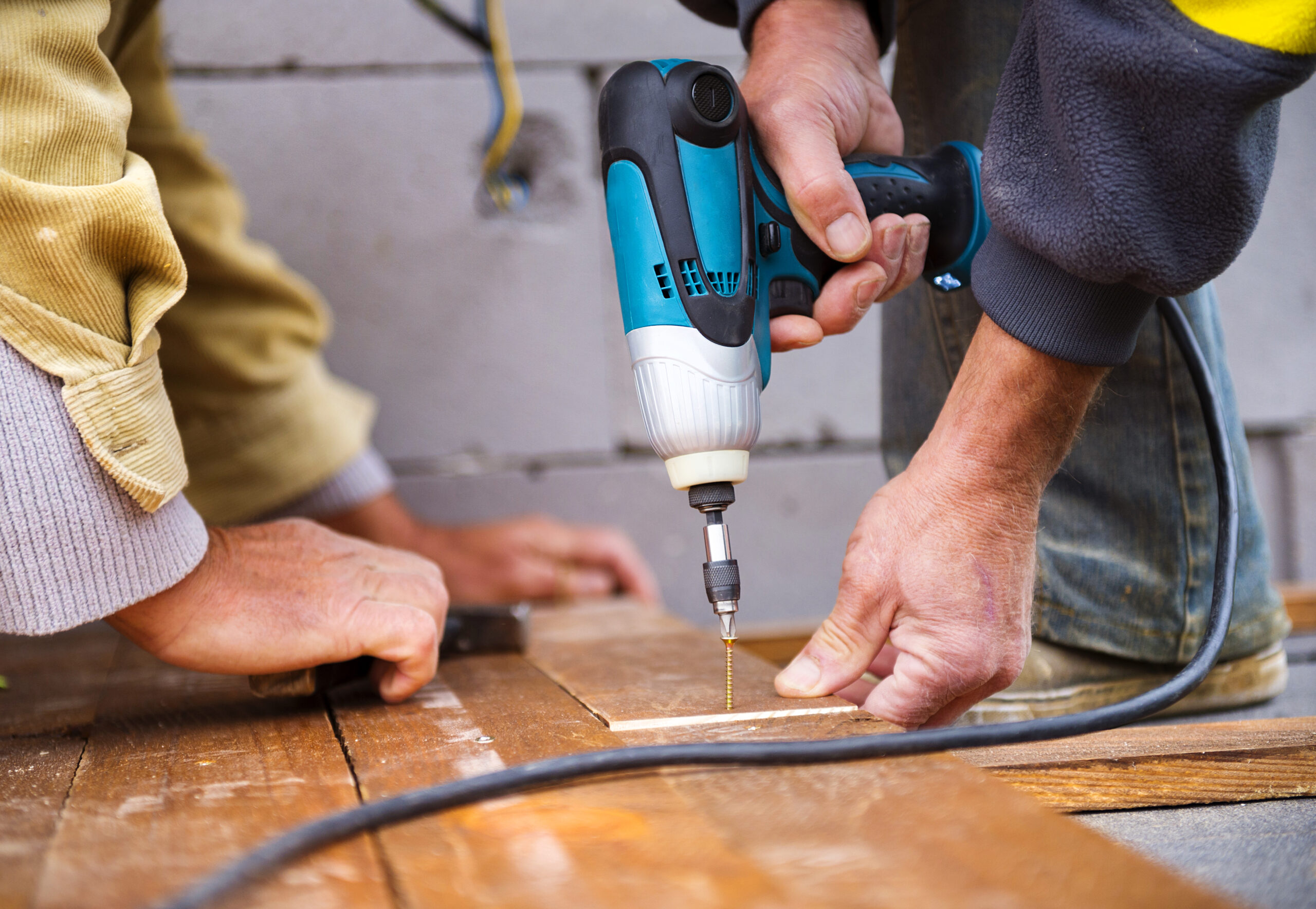Bathrooms are one of the most important rooms in our homes. It’s where we start and end each day, and it’s also where we spend a significant amount of time getting ready for work or special events. If your bathroom is outdated, dingy, or just plain boring, it may be time for a makeover. But where do you begin? In this blog post, we’ll walk you through everything you need to know to plan and execute a successful bathroom remodel.
The first step in any renovation project is planning. This involves setting a budget, deciding on a design style, choosing materials and colors, and creating a timeline. Here are some tips to help you get started:
1. Set a Budget: Before you can even think about starting your bathroom remodel, you need to set a budget. Decide how much money you have to spend on the project, and stick to that number. Remember, there will always be unexpected expenses, so build those into your budget as well.
2. Choose a Design Style: Next, decide on a design style for your new bathroom. Do you want a modern look with sleek lines and minimalist fixtures, or something more traditional with ornate details and vintage charm? Once you have an idea of what you like, start gathering inspiration from magazines, websites, and social media platforms.
3. Select Materials and Colors: When selecting materials and colors for your new bathroom, consider durability, functionality, and personal preference. For example, if you have children or pets, you might opt for hard surfaces that are easy to clean, such as tile or stone. And don’t forget about color – choose hues that complement your design style and create a relaxing atmosphere.
4. Create a Timeline: Finally, create a timeline for your bathroom remodel. This should include key milestones, such as when contractors will start and finish their work, when deliveries will arrive, and when inspections will take place. By creating a detailed schedule, you can ensure that your project stays on track and is completed within your desired timeframe.
One of the biggest challenges when remodeling a bathroom is staying within your budget. However, with careful planning and strategic decision making, it is possible to transform your space without breaking the bank. Here are some tips for saving money during the process:
1. DIY What You Can: There are many projects you can tackle yourself, such as painting walls, installing flooring, and updating light fixtures. By doing these tasks yourself, you can save hundreds (or even thousands) of dollars on labor costs.
2. Shop Around for Materials: Don’t settle for the first price quote you receive. Instead, shop around for materials, fixtures, and appliances. Look for deals online, visit local hardware stores, and ask friends and family for recommendations. The more research you do, the better chance you have of finding high-quality products at affordable prices.
3. Opt for Multifunctional Fixtures: Rather than purchasing separate pieces for different functions, look for fixtures that serve multiple purposes. For example, a showerhead that also includes a handheld sprayer or a sink that doubles as a storage unit. These types of fixtures not only save space but also reduce overall costs.
When it comes to choosing materials and colors for your new bathroom, there are several factors to consider. First and foremost, you want to select materials that are durable, functional, and visually appealing. Here are some popular options:

1. Tile: Tile is a classic choice for bathrooms because it’s durable, waterproof, and available in a wide range of styles and colors. Consider using tile for your floor, shower surround, and accent walls.
2. Stone: Natural stone, such as marble or granite, adds elegance and sophistication to any bathroom. Use it for countertops, vanities, and showers.
3. Wood: While wood isn’t traditionally used in bathrooms, it has become increasingly popular in recent years. Used sparingly, such as on a vanity or mirror frame, it can add warmth and texture to the room.
4. Glass: Glass is another unique option for bathrooms. Use it for shower doors or enclosures, or incorporate it into decorative elements like candle holders or vases.
As with any industry, trends come and go in the world of interior design. Here are some of the top bathroom design trends for 2024:
1. Minimalism: Clean lines, simple shapes, and neutral tones are all hallmarks of the minimalist movement. To incorporate this trend into your renovation, use white or gray tiles, streamline your furniture choices, and keep accessories to a minimum.

2. Bold Patterns: Contrasting patterns and bright colors are making a comeback in 2024. Try using patterned wallpaper or tile to create visual interest, or paint an accent wall in a bold shade.
3. Nature-Inspired Elements: Bringing nature indoors is another hot trend for 2024. Use natural materials like wood or stone, incorporate plants into your décor, and hang artwork depicting landscapes or wildlife.
4. Smart Technology: With the rise of smart home technology, it’s no surprise that tech is becoming more prevalent in bathrooms. Consider adding features like digital shower heads, touchless faucets, and voice-activated assistants to your renovation plans.
Finally, here’s a checklist of things to remember before starting your bathroom remodel:
1. Hire a Contractor: Find a reputable contractor who has experience working on similar projects. Ask for references, check their credentials, and get written estimates.
2. Secure Permits: Depending on the scope of your project, you may need permits from your city or county. Consult with your contractor and/or building department to determine which permits you need and how to obtain them.
3. Create a Schedule: As mentioned earlier, create a detailed schedule that includes key milestones and deadlines. Communicate regularly with your contractor and subcontractors to ensure everyone is on the same page.
4. Clear Out the Room: Move any furniture or items that will be in the way of construction crews. This includes removing towels, toiletries, and other bathroom essentials.
5. Protect Surfaces: Cover floors, counters, and cabinets with plastic sheeting to protect them from dust and debris.
6. Prepare for Downtime: If you’re living in the house while the renovation takes place, prepare for downtime by stocking up on supplies like toilet paper, soap, and towels. Also, consider renting a portable toilet or showering elsewhere until the project is complete.
